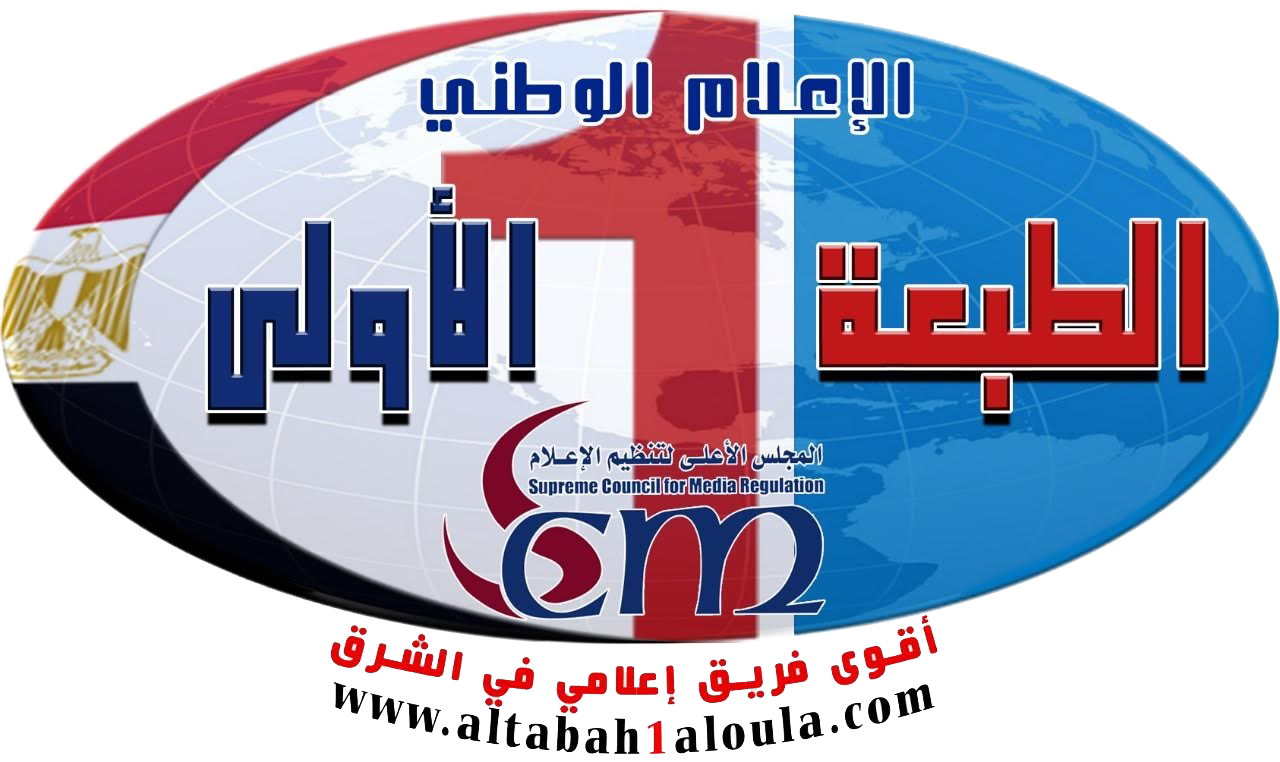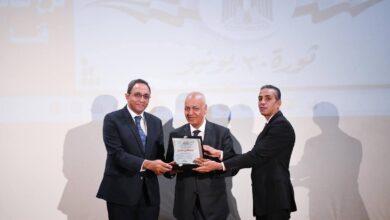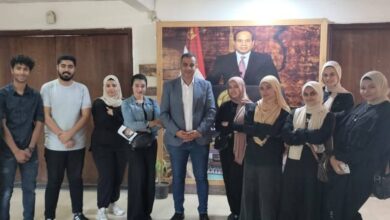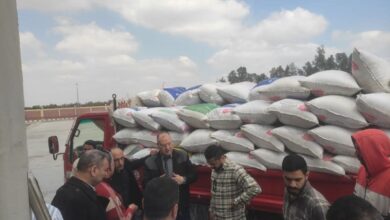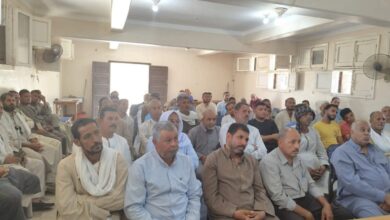An important archaeological discoveries in the West Bank of Aswan
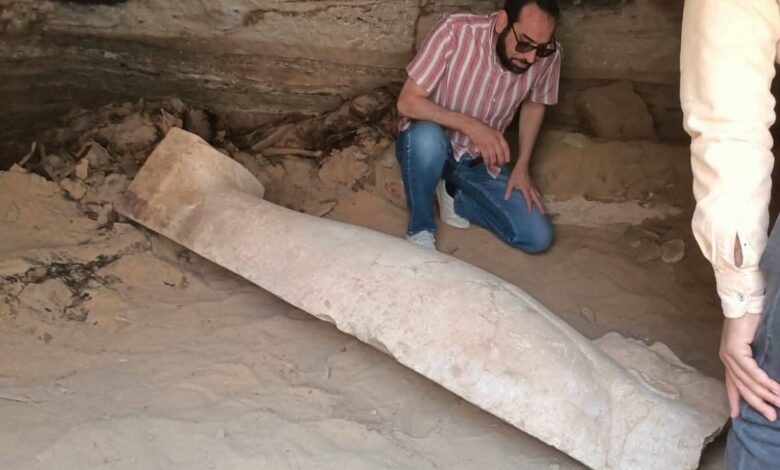
Aswan /Nasr Salama
In a remarkable archaeological achievement adding to the growing list of important discoveries in Aswan Governorate, the joint Egyptian-Italian archaeological mission between the Supreme Council of Antiquities and the University of Milan has uncovered several rock-cut tombs from the Graeco-Roman period, containing well-preserved hieroglyphic inscriptions. The discovery was made in the necropolis surrounding the Aga Khan Mausoleum on Aswan’s West Bank
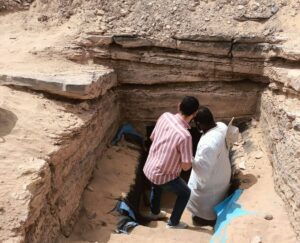
This year’s excavation season also led to the discovery of Tomb No. (38), which stands out as one of the most architecturally impressive and well-preserved tombs unearthed to date. The tomb lies more than two meters underground and is accessed via a stone staircase of nine steps flanked by mudbrick benches, believed to have been used for placing funerary offerings
Inside the tomb, archaeologists found a nearly two-meter-tall limestone sarcophagus resting on a rock-carved platform. The anthropoid lid features a finely detailed human face adorned with a decorative wig and remarkable painted features. Two vertical columns of hieroglyphic text run along the body of the sarcophagus, containing prayers to local deities of Aswan and recording the name of the tomb’s owner, Ka-Mesiu, a high-ranking official of his time, as well as members of his family
Several mummies, including those of children, were also discovered in the tomb
Minister of Tourism and Antiquities, H.E. Sherif Fathy, described the discovery as a significant addition to the archaeological landscape of Aswan, reflecting the richness and diversity of ancient Egyptian civilization across historical eras. He emphasized the importance of international scientific cooperation in supporting archaeological efforts, noting that the newly uncovered tombs offer new insights into the social dynamics of the region during the Ptolemaic and Roman periods and reinforce Aswan’s historic status as a major cultural center in southern Egypt
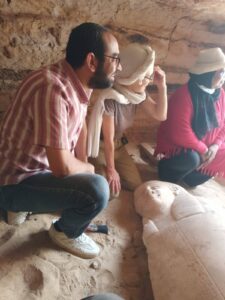
For his part, Dr. Mohamed Ismail Khaled, Secretary General of the Supreme Council of Antiquities, affirmed that this discovery provides clear evidence of the necropolis’s continued funerary use by various social classes—from the elite, buried in tombs atop the plateau, to the middle class that settled along its slopes. The inscriptions and artifacts recovered offer a rich source of material for Egyptologists, especially in the study of funerary traditions and religious symbolism in the later periods of ancient Egyptian history
Dr. Khaled further noted that the mummies, including those of children, will undergo CT scans and biological analyses during the upcoming fall excavation season, contributing to a deeper understanding of their identities, health conditions, and causes of death
Mohamed Abdel-Badei, Head of the Egyptian Antiquities Sector at the Supreme Council of Antiquities, highlighted that the plateau at the top of the hill hosts large underground tombs dating back to the Ptolemaic period, originally reserved for elite families and later reused during the Roman era
In earlier excavation seasons, the mission also uncovered funerary terraces and rock-cut tombs across the rugged terrain of Gebel Sidi Osman, reflecting a distinctive architectural style and the ancient inhabitants’ adaptation to the natural landscape
This discovery is part of the ongoing work of the joint mission at the site since 2019, led by Prof. Patrizia Piacentini, Professor of Egyptology at the University of Milan, and Mr. Fahmy El-Amin, Director General of Antiquities in Aswa
The continuous discoveries in the necropolis surrounding the Aga Khan Mausoleum affirm the site’s archaeological importance and solidify its status as a cornerstone of the heritage landscape in Aswan
